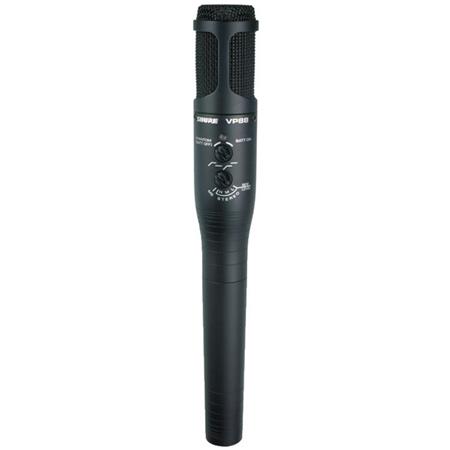It's an opportunity to use phase cancellation to dramatically reduce surface noise and/or rumble on some monaural records. For stereo playback the horizontal motion of the stylus is the sum channel L+R, while the vertical motion is the difference channel L-R. During monaural playback summing the two channels adds the horizontal movement (L+R) and cancels the vertical movement (L-R) which is rumble and noise/distortion. The cancellation can be 25 to 30 dB, so quite effective. It makes a lot of difference on some records, especially if they have seen some damage or were lacquered on rough equipment. On later records in good shape it might make very little difference.
If you doubt that summing electrically can make much difference I'd suggest you swap the polarity of one channel of your phono cartridge at the pins, then play a monaural record with the mono switch engaged and see what you think.


